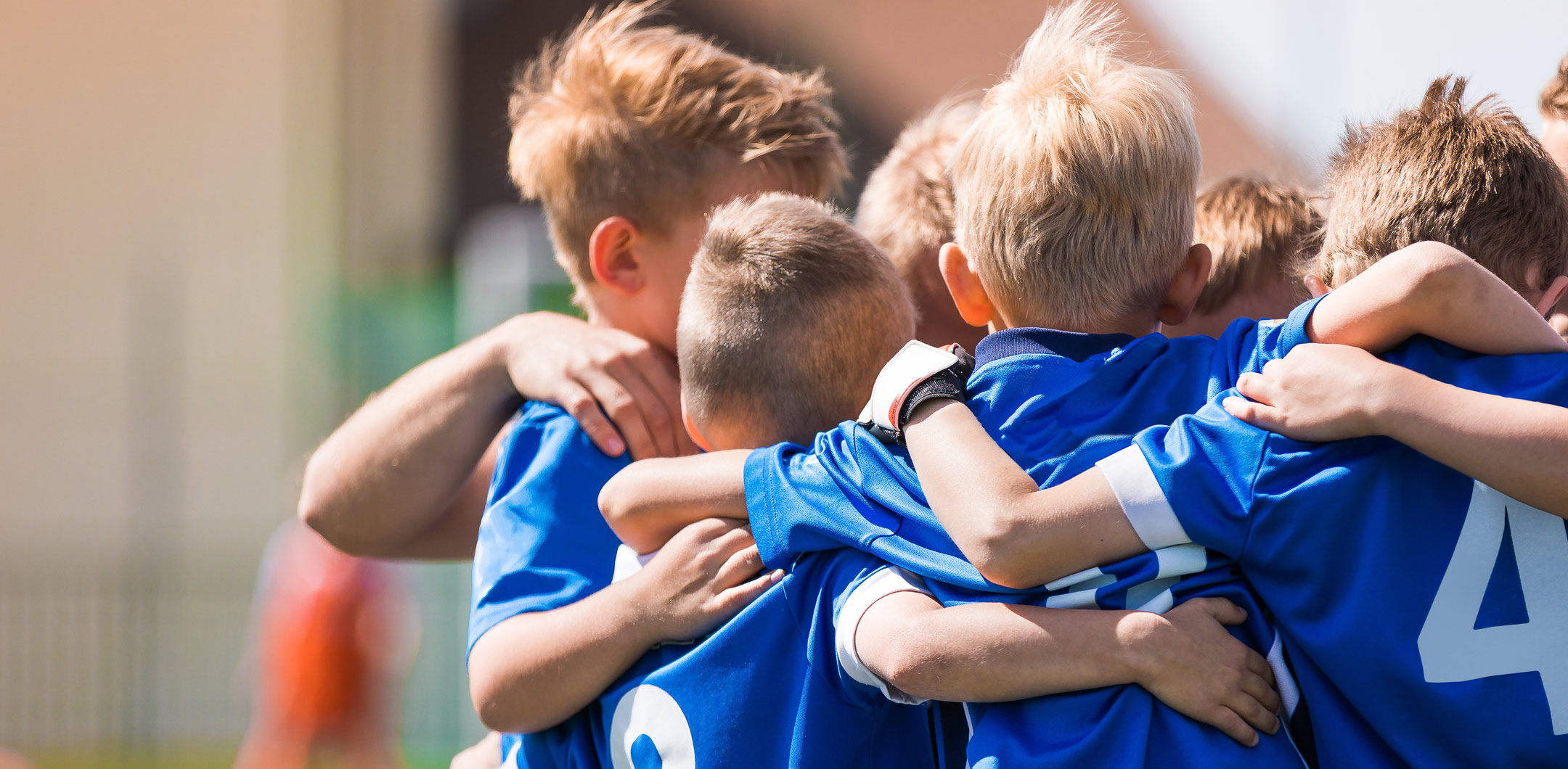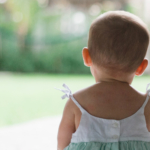
28 Feb Playing It Safe
Zofia Pawlaczek explains the nature of child abuse (including ugly parent syndrome), particularly in relation to sport, and highlights the importance of sports clubs having child-protection strategies in place at all levels.
abuse (including ugly-parent syndrome) is not the prerogative of the parent when it’s directed at one’s own child
For many years, health and safety and risk management have been integral parts of protecting children in sports clubs. It is easy to understand that an accident leading to physical harm in children is something to avoid, and so many clubs expend much effort in guarding against this aspect of children’s sporting involvement. What is probably less obvious in child protection is that poor practice, negligence and inadvertent questionable behaviour in adults (and children) can constitute child abuse.
An online survey carried out by Play by the Rules (a website providing essential information on children, sport and the law) asked the question, “Do you think that it is appropriate for coaches to give players extra physical work or to verbally abuse them, as a strategy to improve their performance?” More than 500 people responded and although 51 per cent answered ‘No’, startlingly, 34 per cent answered ‘Yes’ and 15 per cent ‘Sometimes’. Although one could find the wording of this question problematic because the answers to it do not differentiate between the coaches’ two possible actions, this response perhaps goes some way towards demonstrating the misinterpretation among adults of what constitutes child abuse. Figures from the Australian Bureau of Statistics, indicate that 1.7 million (63 per cent) of five to 14-year-olds participate in organised sport, which means that nearly two-thirds of Australian children can be subject to the two views expressed by the parents in the Play by the Rules survey.
So, what is child abuse?
There is a tendency to worry about moral panic, in that a narrow interpretation of what constitutes child abuse leads to an overreaction to the possibility of the least frequently reported type of abuse – sexual abuse. Indeed, this reaction has led to the Victorian State Government backing down on police checks for some volunteers in sports clubs. On its website, the Victorian Department of Justice advises that the legislation – the Working with Children Act 2005 updated in August 2017– determines that “You will need to apply for a WWC [Working with Children] Check if you are an employee, volunteer or self-employed person who works in, or in connection with, any of the 20 child-related occupational fields listed in the Act”. Two of these “occupational fields” are clubs, associations or movements whose membership mainly comprises children; and coaching or private tuition services of any kind for children. However, the Department of Justice goes on to advise, “You do not need a WWC Check if you are: under the age of 18 years; a parent volunteer whose child ordinarily participates in the activity; …closely related to each child you have contact with in your child-related work; … Note: If an exemption applies to you… but you also perform other child-related work, you may still require a WWC Check. …” The exemptions relating to parents and close relatives were made because of the outcry from community groups, which stated that the checks would lead to the decline of volunteering (which is probably true but also leaves a loophole in the process of child protection in sport). It also means that the ‘kitchen-table’ approach to managing sports clubs (which at grassroots level are run by a community of neighbours and relatives) exacerbates child-protection policy implementation. So, in Victoria, parents involved in running clubs are exempt from checks. As an educator, I find this worrying.
Abuse and the ‘ugly-parent syndrome’
My concern about the need for coaches to be screened appropriately can be highlighted by the example of a referee informing me that when he was officiating in a game, he had to continually warn a coach to stop verbally abusing a child player. At the end of the game, the coach kicked the boy and at this point the referee advised that he would be reporting the incident. The response from the coach was, “It’s my *#@% son and I’ll kick him if I want”. This may sound extreme, yet the phrase ‘ugly-parent syndrome’ persists so intensely in clubs that the Australian Sports Commission (as part of the thrust to set up the Junior Sport Framework – a child-protection strategy for developing good practice in clubs) lists codes of conduct for parents as part of improving best practice in Australian sport.
- Child abuse is complex and requires an explanation with some examples to support parents’ and coaches’ ability to identify it and act to prevent it.
- Child abuse has no regard for socio-economic status, education levels, or cultural or ethnic difference. Society’s apparent favouring of certain characteristics in adults can contribute towards its non-identification. In this regard, one of the disturbing aspects that arises in sports research is that in prominent criminal cases of extreme physical or sexual abuse, the perpetrator ‘got away with it’ for as long as they did because parents could not believe that a well-dressed, well-mannered sports coach/administrator could be at the centre of such terrible allegations.
- Child abuse can be emotional, physical and/or sexual, and also encompasses neglect. Perpetrators are adults and children, male and female. In fact, a common scenario is an older child abusing a younger one and, given that age-specific coaching sessions tend to run simultaneously, clubs need to have effective monitoring in place, particularly in changing and showering areas.
- Child abuse in the form of emotional abuse is a persistent attack on a child’s self-esteem. It includes rejection – which is a refusal to acknowledge a child’s legitimacy and needs, name-calling, scapegoating, humiliation and labelling. For example, the term ‘girl’ for a boy who is being perceived as not displaying the necessary athletic characteristics in a momentary sporting action is not acceptable. A child on the receiving end of an adult’s rage is not the only child being abused. Therefore, abuse (including ugly parent-syndrome) is not the prerogative of the parent when it’s directed at one’s own child – it is advertent abuse of one’s own child and inadvertent abuse of someone else’s. Changing rules, inconsistent demands, verbal threats and forcing athletes to try unproven and unsafe activities also belong in this category. Emotional abuse also occurs when a child is isolated or ignored, and when aggressive, violent, racist or sexist bias is condoned.
Coaches who play an injured child…are abusing that child
Exploitation or adultification occurs when a child is used to meet an adult’s needs. Sport, winning and competition are all adult concepts that are presented to children as conditions that exist in life. This is true. However, ensuring that a child enjoys their sporting experience so that they continue to participate in it into adulthood requires appropriate skills that avoid imposing an entirely adult view on a child.
Physical abuse occurs when a person in a position of authority or power (or even another child) deliberately injures a child or threatens a child with physical abuse. This includes the obvious, such as hitting, slapping, punching, kicking, biting, spitting, pushing and restraining. But it also includes throwing a piece of kit at a child (even if it doesn’t actually hit the child) and forcing a child to exercise excessively as either punishment or an inappropriate coaching technique. It is not acceptable for a child to vomit or pass out from over-exercising, and coaches should be aware of changes in children’s physical responses to training. Physical abuse also includes an adult’s non-intervention if anyone, including another child, is physically harming a child who is the responsibility of the adult.
Physical neglect is when a child’s basic needs are not met, such as ignoring an injury or illness. Coaches who play an injured child in a match are abusing that child; bowing to the demands of a parent or a child who wants to play when injured is not acceptable. Inappropriate dressing for weather conditions is neglect. Using inadequate equipment or playing in inadequate environments is equally neglectful, particularly bearing in mind that falling equipment in sporting environments kills and injures children in Australia every year. Even inappropriate changing or washing facilities can lead to harm because of hygiene issues.
The careful management of sporting environments is…of paramount importance.
Finally, there is sexual abuse, which can be perpetrated by an adult, adolescent or another child. This category falls into two areas: contact and non-contact. Contact sexual abuse includes kissing or holding a child in a sexual manner, touching a child’s genital area or making the child touch the adult’s genital area, sexual penetration with an object or having sexual intercourse with a child orally, anally or vaginally. Non-contact sexual abuse includes watching children shower, speaking to children in a sexual or seductive manner, taking photographs of them as they undress, showing them pornography, flashing, objectifying or laughing at a child’s body in a sexual manner, sending sexually explicit emails or SMS, or forcing a child to watch a sexual act.
A club with high standards in child protection can be frustrated by just one person, which highlights the importance of raising awareness about child-protection policies at all levels.
Parents want their children to have joyful experiences in life, and sport provides wonderful avenues for them to do so. The careful management of sporting environments is, therefore, of paramount importance for all codes and clubs.
Dr Zofia Pawlaczek is an author and senior lecturer in the Faculty of Education at Monash University.
Questions for Parents to Ask
- What is the basic coaching qualification requirement for your child’s sport?
- What qualifications does your child’s coach hold?
- Has the coach been police checked?
- Does the national organisation for your child’s sport require a code of ethics/conduct to be signed and followed?
- Is the goal of the club or team winning or enjoyment?
- What is mandatory reporting and how does it work at your child’s club?
- If your child is required to travel with other children to another location:
- Is the vehicle roadworthy and insured? does the driver have appropriate skills and a good safety record?
- Are there adequate toilet breaks during trips to distant destinations?
- Is there a safety plan for travelling?
For Further Information:
https://www.sportaus.gov.au/integrity_in_sport/child_safe_sport




